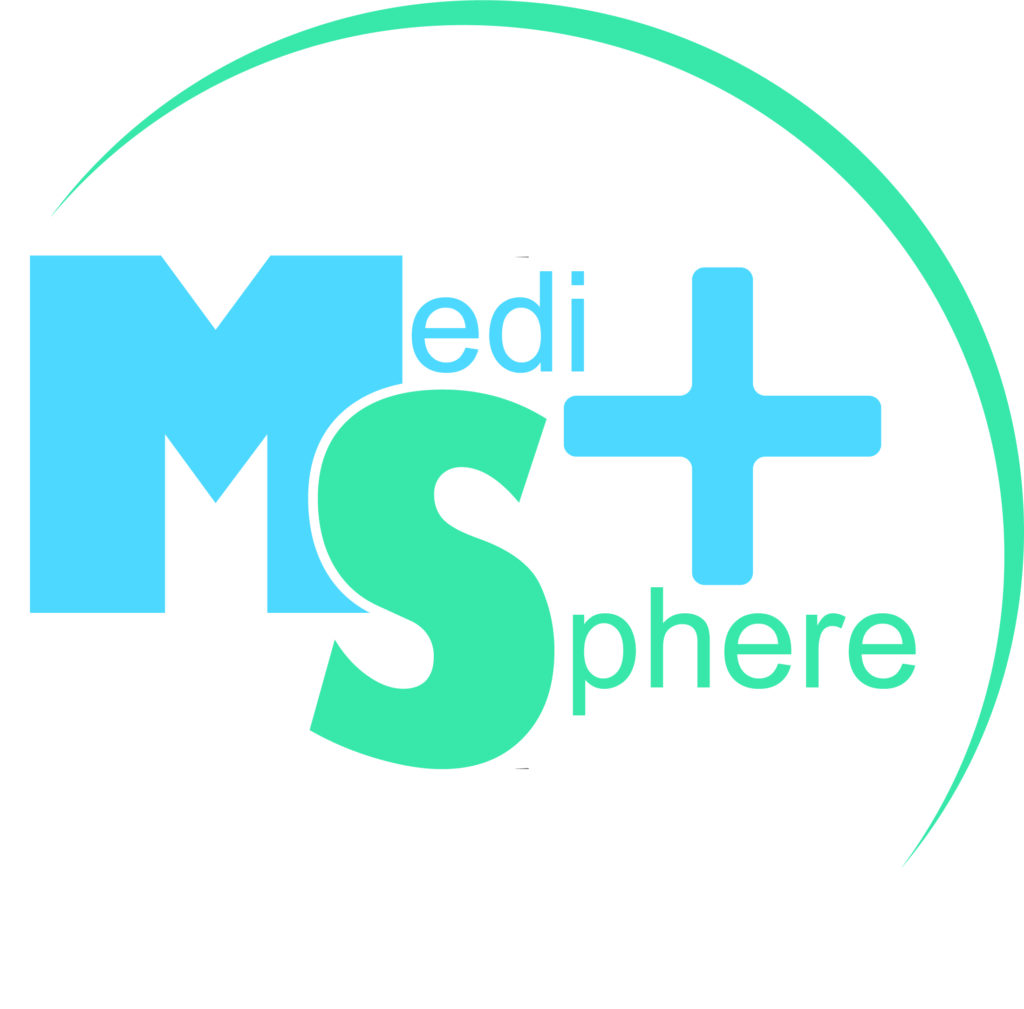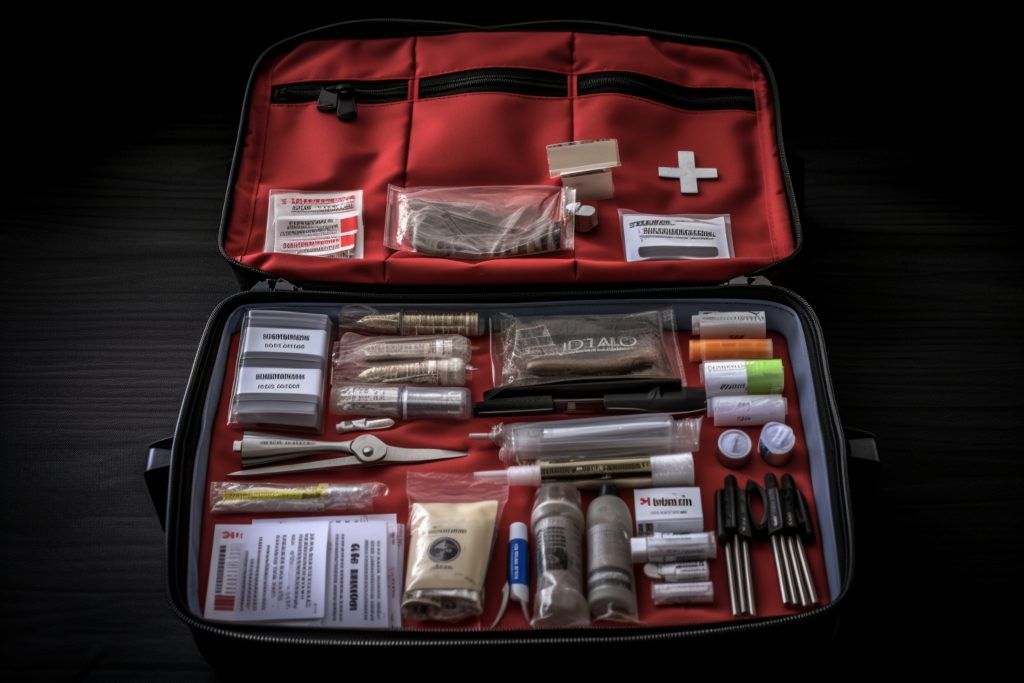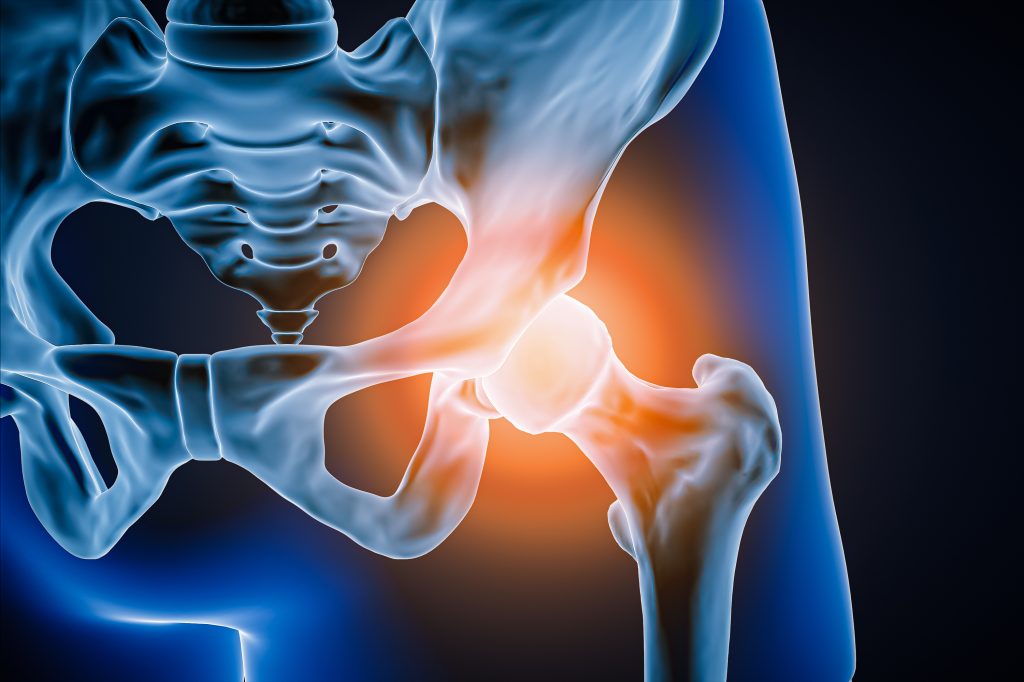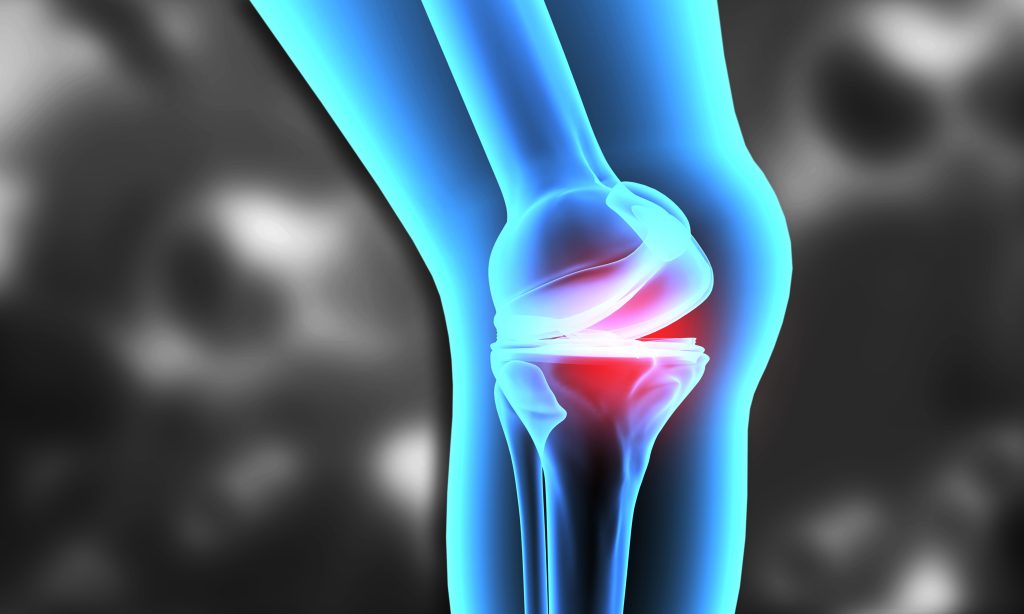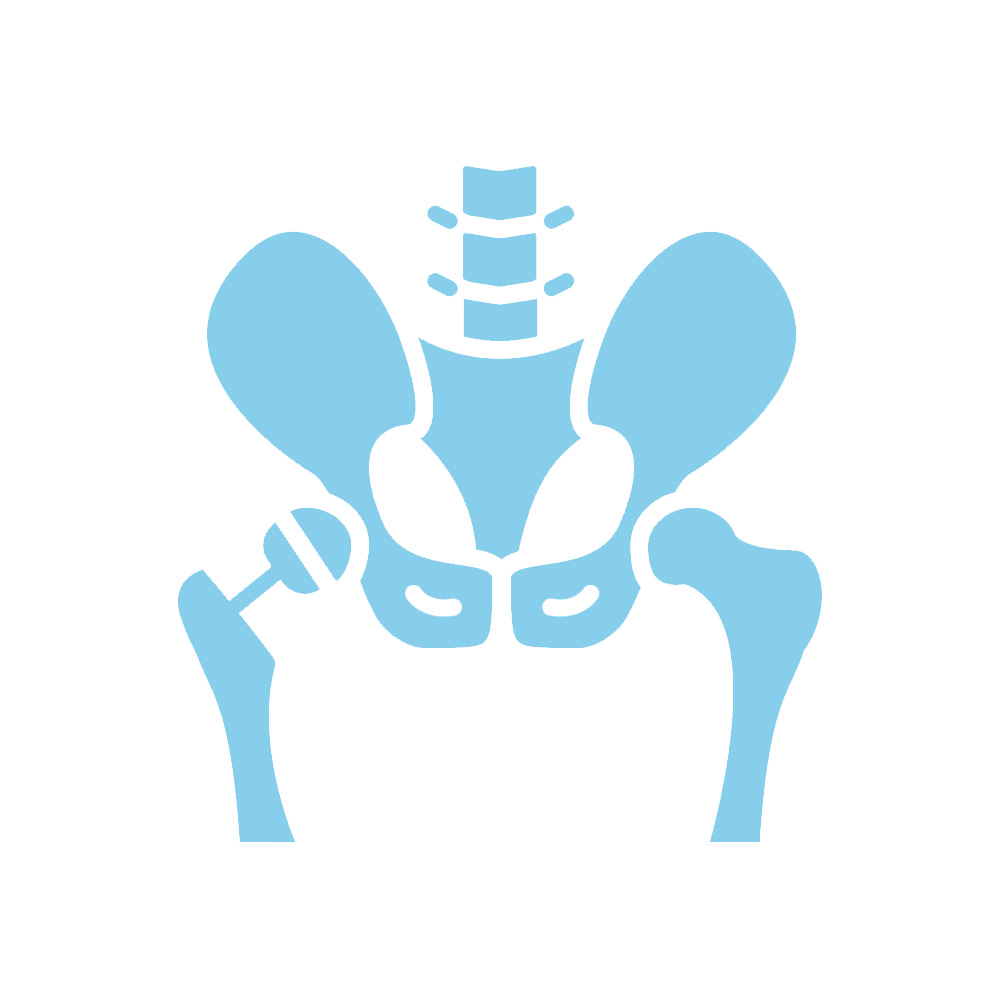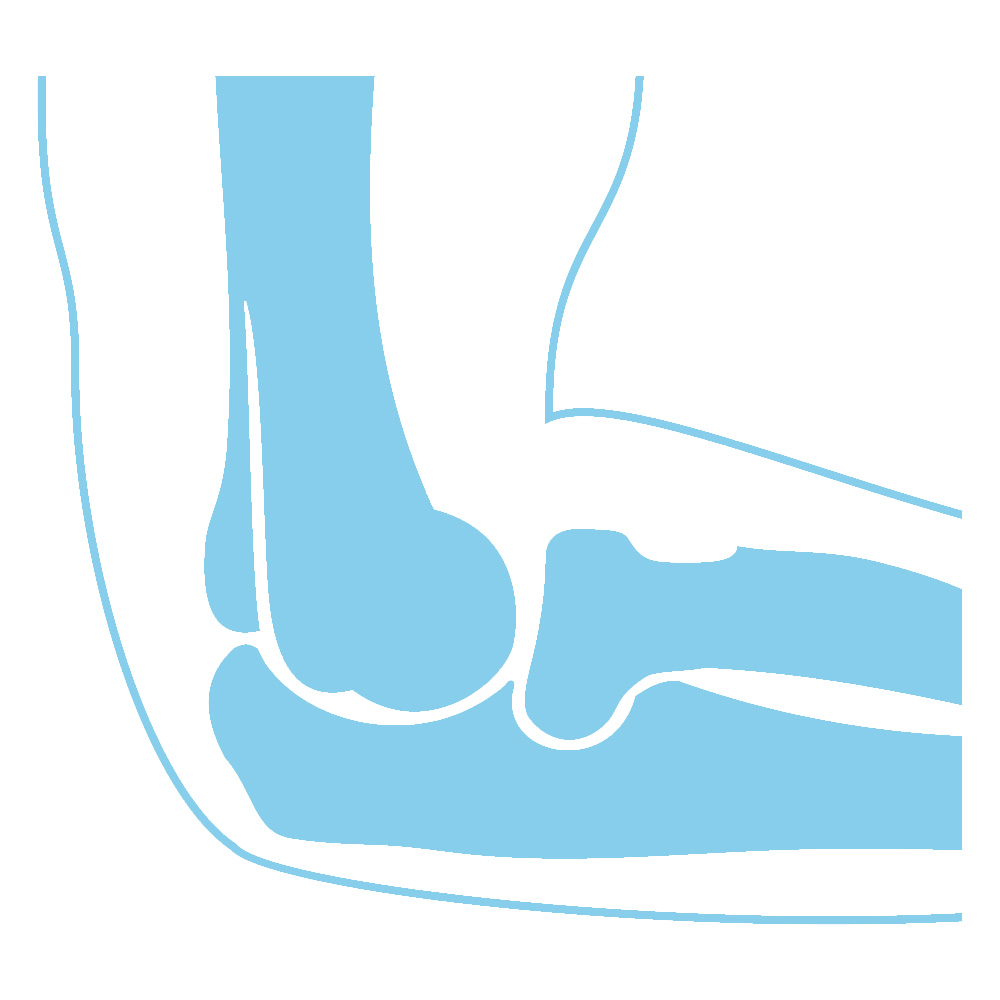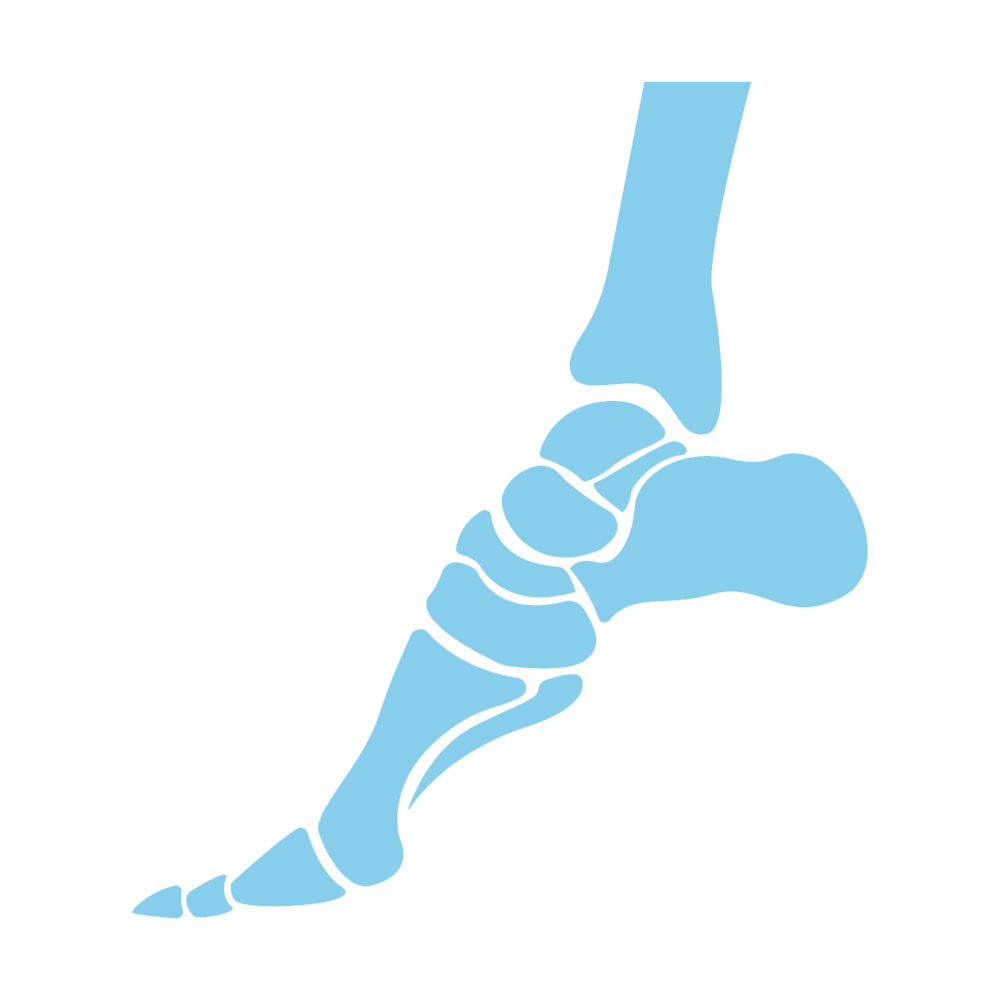Drug Discovery and Development: Pharmaceutical companies invest significant resources in the discovery and development of new drugs. This involves identifying potential therapeutic targets, conducting preclinical studies, and progressing to clinical trials in human subjects. The goal is to develop innovative medications that address unmet medical needs and improve patient outcomes.
Types of Pharmaceuticals: Pharmaceuticals encompass a wide range of products, including prescription drugs, over-the-counter medications, biologics, vaccines, and generic drugs. Prescription drugs require a healthcare professional’s authorization, while over-the-counter medications can be purchased without a prescription. Biologics are derived from living organisms and can include therapeutic proteins, antibodies, and gene therapies.
Manufacturing and Quality Control: Pharmaceutical manufacturing involves complex processes to ensure consistent production of high-quality medications. Stringent quality control measures are in place to verify the safety, purity, potency, and stability of pharmaceutical products. Good Manufacturing Practices (GMP) guidelines are followed to maintain quality standards throughout the manufacturing process.
Regulatory Approval: Pharmaceuticals must undergo rigorous regulatory review and approval before they can be marketed and prescribed to patients. Regulatory authorities, such as the U.S. Food and Drug Administration (FDA) in the United States, evaluate clinical trial data, safety profiles, manufacturing practices, and labeling information to assess the drug’s benefits and risks.
Therapeutic Uses: Pharmaceuticals are used to treat a wide range of diseases and conditions, including infectious diseases, chronic conditions, cardiovascular disorders, neurological disorders, cancer, autoimmune diseases, and more. They can act on specific molecular targets, modulate physiological processes, or alleviate symptoms to improve patient health and quality of life.
Adverse Effects and Safety Monitoring: While pharmaceuticals provide significant benefits, they can also have potential side effects or risks. Adverse effects can vary in severity and may require monitoring, management, or adjustments to treatment plans. Healthcare professionals and regulatory authorities closely monitor drug safety through post-marketing surveillance systems to identify and address any emerging safety concerns.
Patient Education and Compliance: Patient education is essential to ensure the safe and effective use of pharmaceuticals. It involves providing information about proper dosing, administration techniques, potential side effects, drug interactions, and adherence to treatment plans. Patient compliance with prescribed medications is crucial for optimal therapeutic outcomes.
Research and Innovation: Pharmaceutical companies and researchers continue to explore new treatment options, innovative drug delivery systems, personalized medicine approaches, and novel therapeutic modalities. This ongoing research and innovation aim to improve existing treatments, discover breakthrough therapies, and advance healthcare practices.
